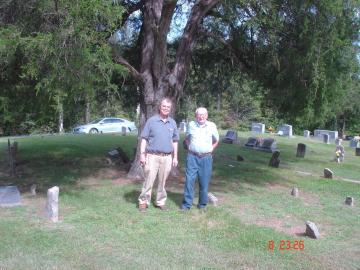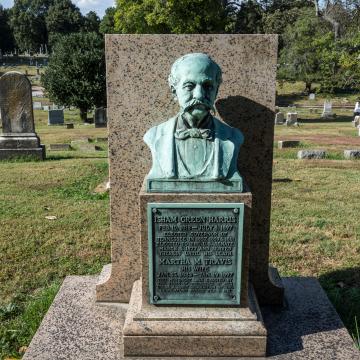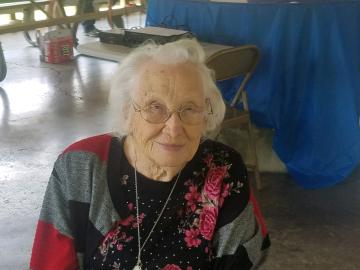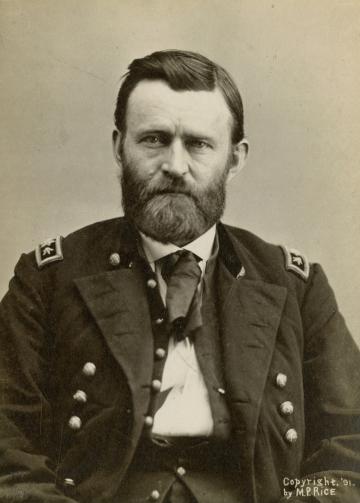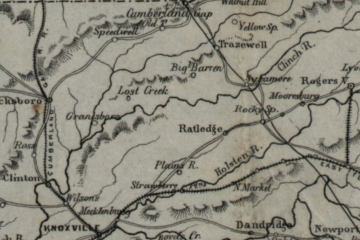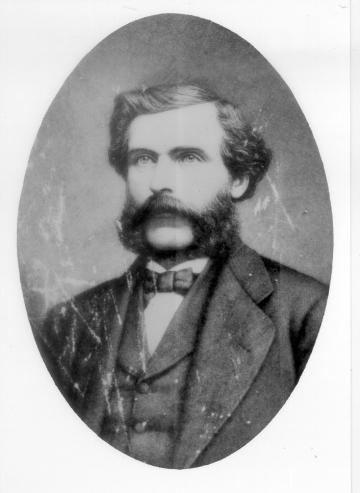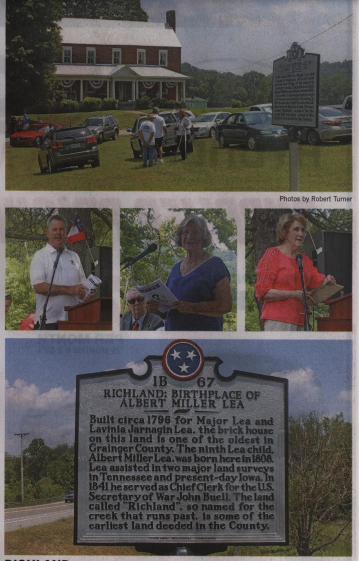When Blood Runs Thicker than Water
The Bonds of Brotherhood
(When Blood Runs Thicker than Water)
The Civil War was raging and Albert Gallatin Ricketts, aka Gallie, of Cabell County, West Virginia, had turned 18. He felt compelled to join the Confederate Army. I’m sure he felt strongly that if he didn’t join he would most likely be conscripted under less desirable circumstances.
- Read more about When Blood Runs Thicker than Water
- Log in to post comments
